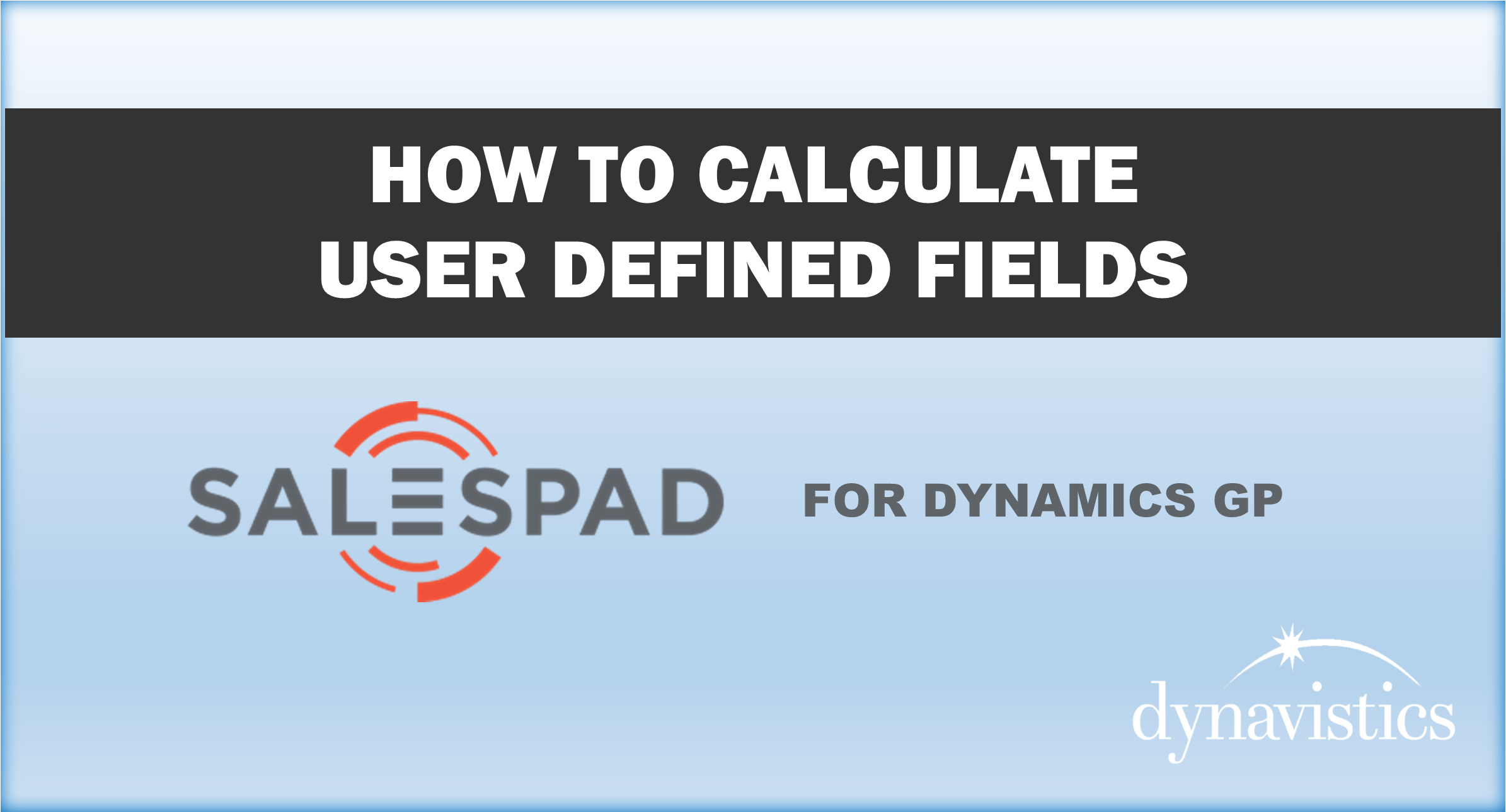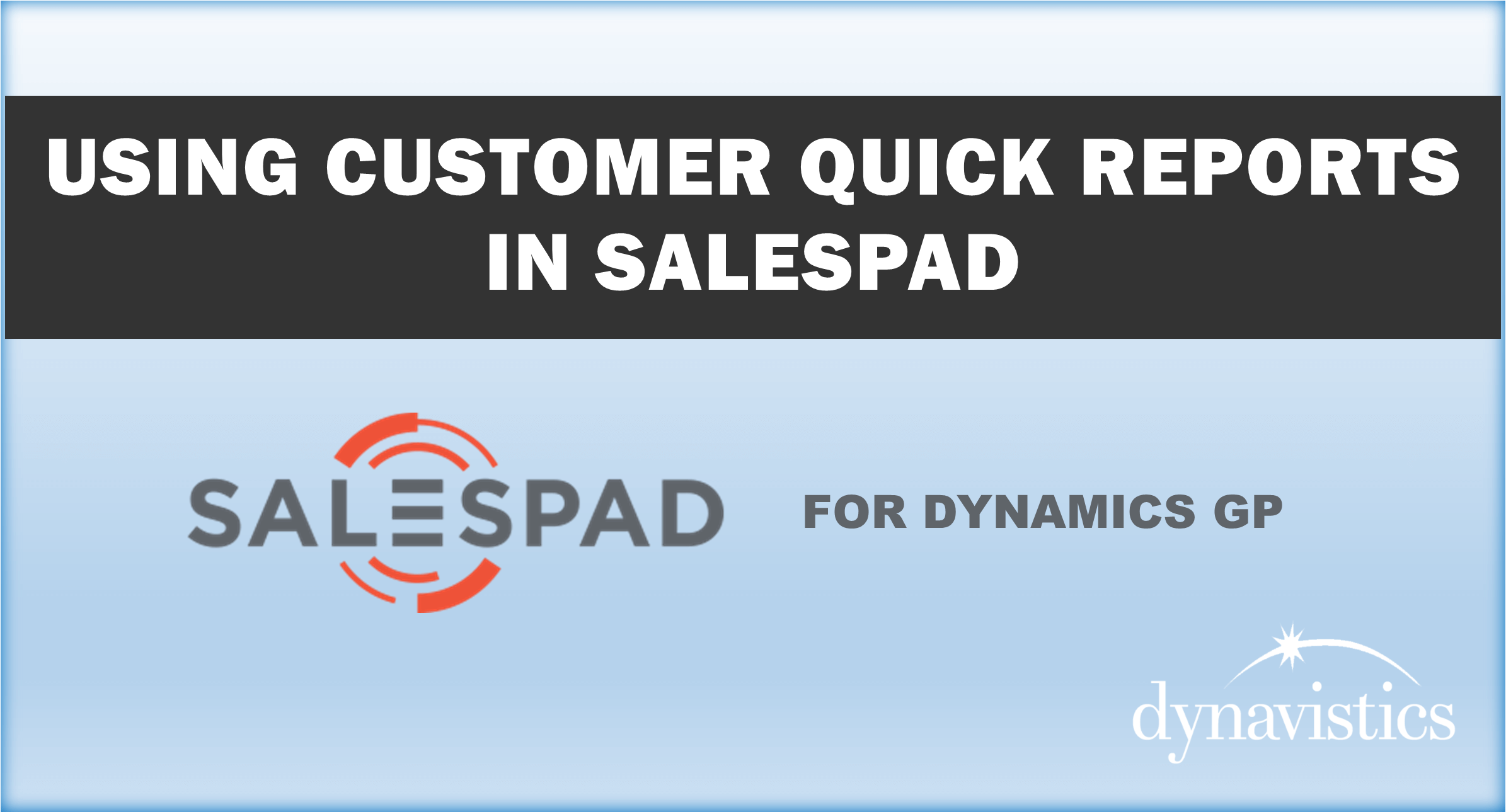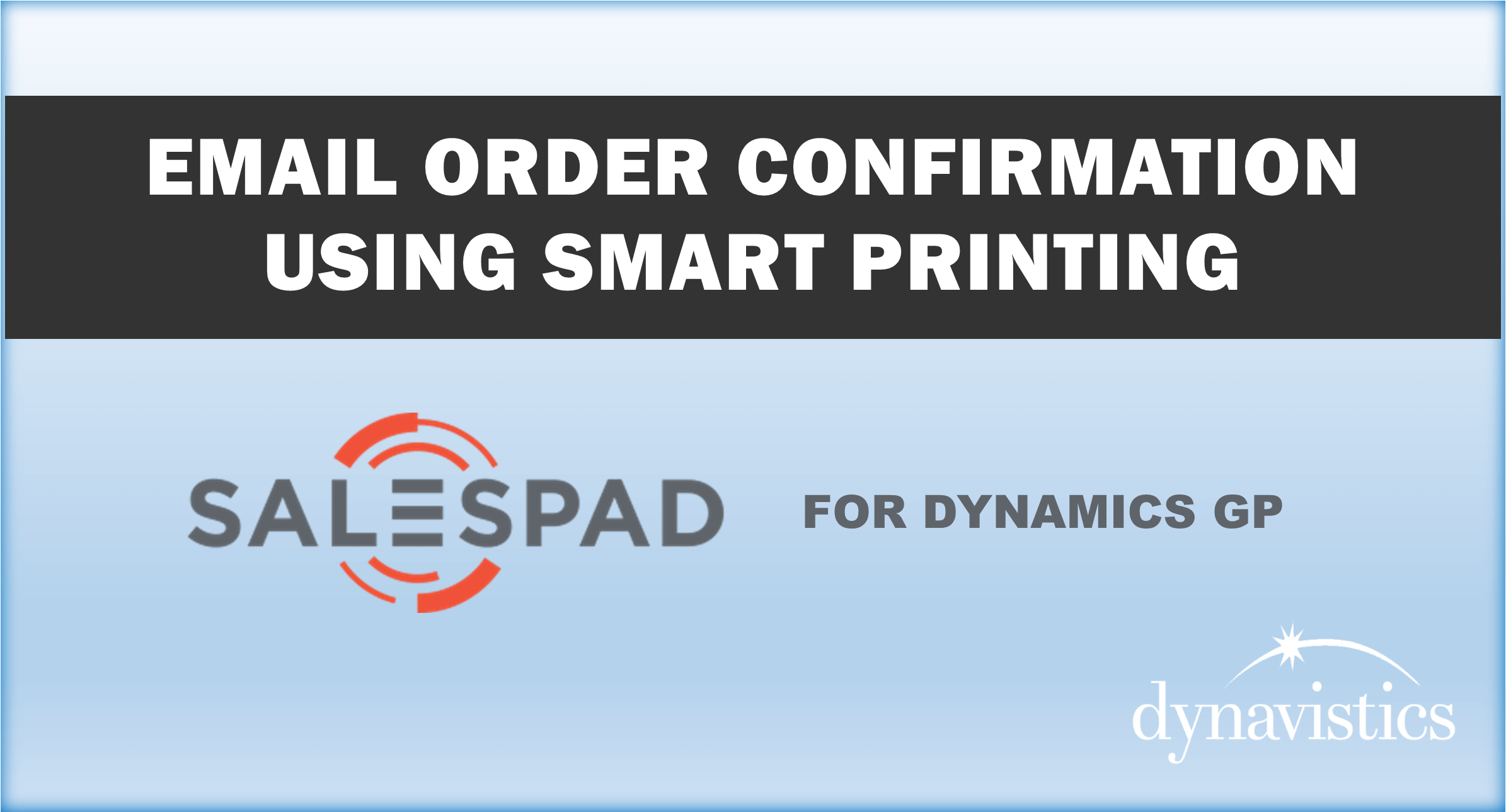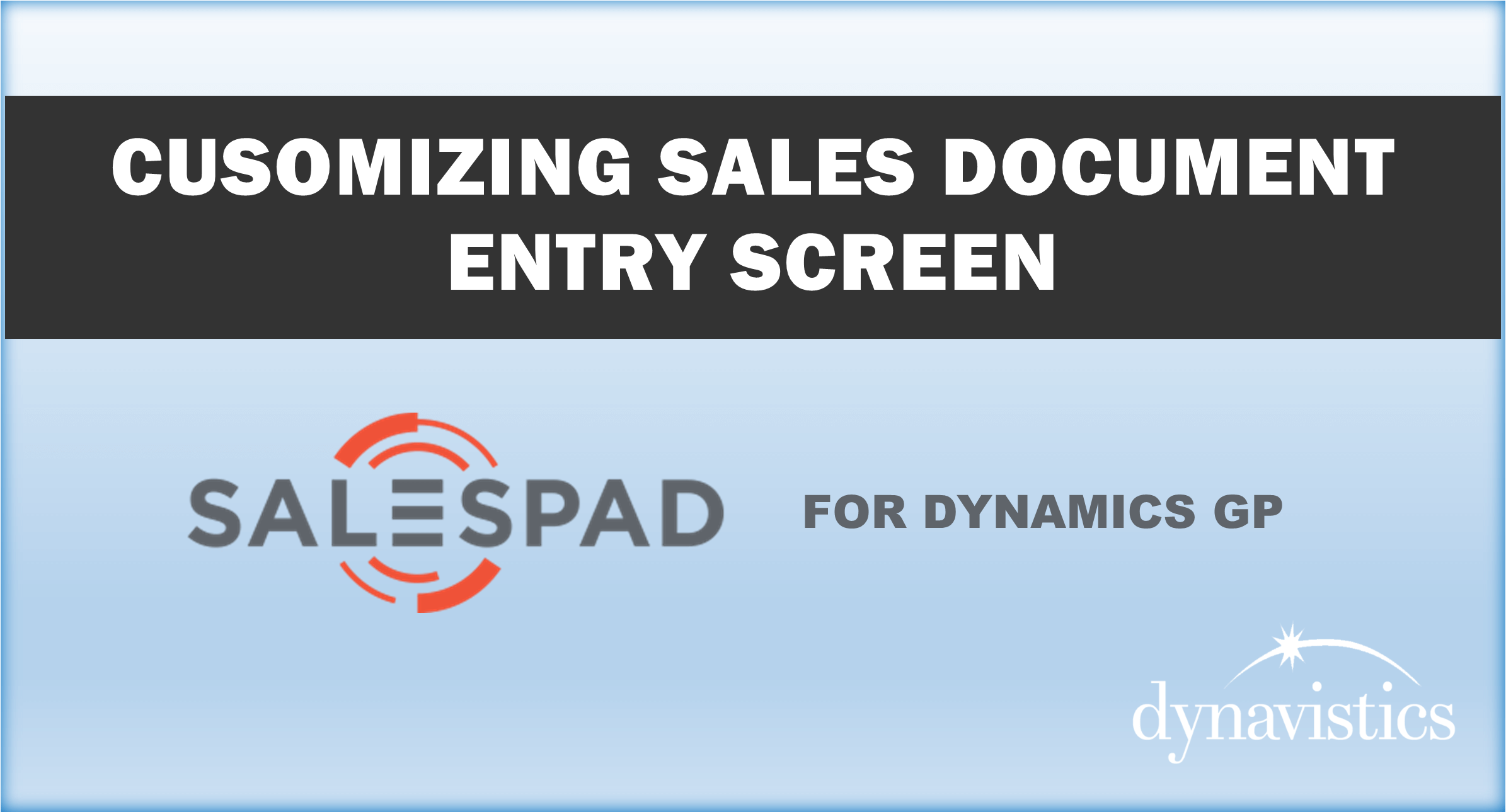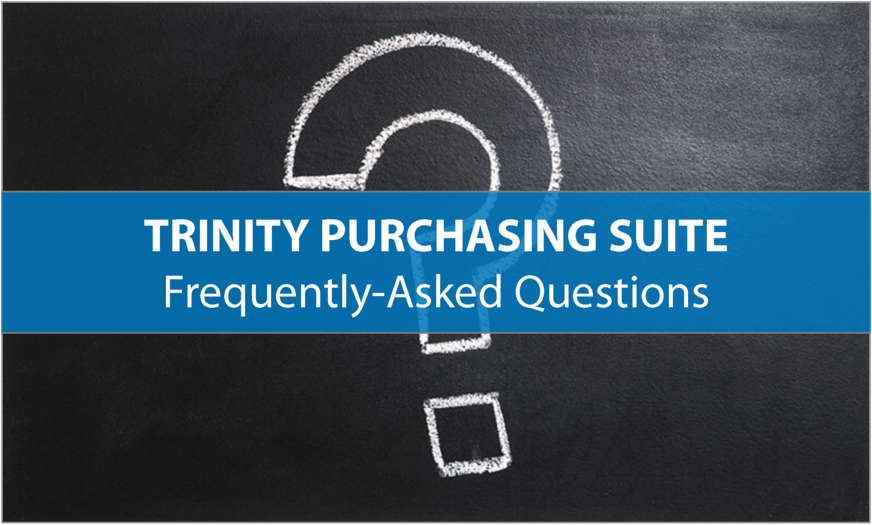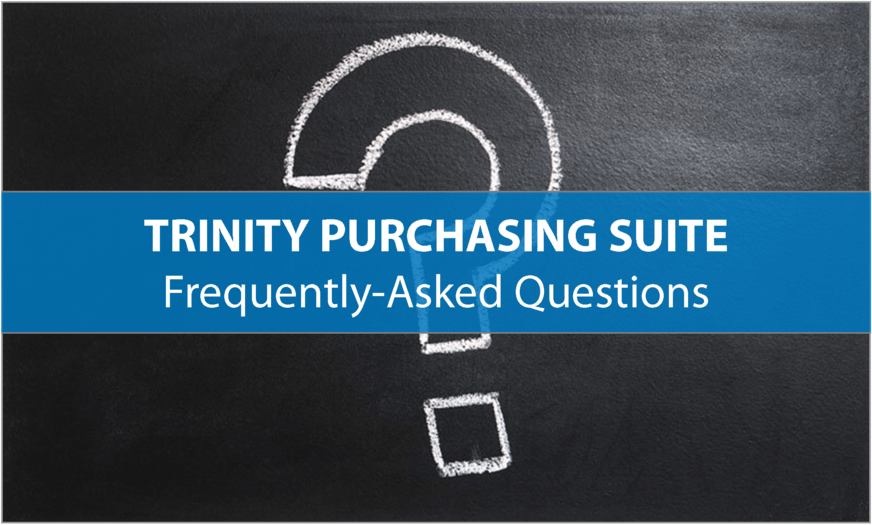
Hundreds of Microsoft Dynamics GP customers have enhanced their ERP system with the advanced inventory management and distribution features that the Trinity Suite offers. One of the most popular components within Trinity is the Purchasing Suite. So as you can imagine, we get quite a few questions from customers about maximizing their investment and streamlining their purchasing and vendor management process. In this article, we share a few of the most popular, or frequently-asked, questions.
What type of purchasing modifications are available?
When classifying purchase orders, it is important to understand the different modifications that are available for you to select using the Trinity Purchasing Suite. These modifications allow you to create a purchase order based on a range of qualities such as:
- Vendors
- Items
- Sites
- Buyers
- Item Class
In addition, Vendor groups can be created and classified in any way that suits the user so as to allow for grouping that best encapsulates the company’s standard operating procedures.
Can you track vendor minimums per order and ensure those minimums are reached?
You might be concerned with tracking vendor minimums per order and ensuring that vendor minimums are being met. The Vendor Totals Window provides this capability by tracking vendor minimums. This window contains vendor pricing details, which provide you with the ability to set up minimum order quantities. You can also set up minimum order weights.
Can you track vendor discounts over a period to ensure you hit the levels/volume?
For many distributors, it's important to track vendor discounts over a period of time to ensure that expected levels or volumes are being met. The Purchase Retrospective Discounts module is a separate component that allows you to enter items and vendors and then tracks purchasing amounts and rebates earned for a particular vendor.
While this module does not create a notation on the payable side of the program such as a credit memo, it does create an asset that states that you are owed money from a particular vendor as part of a rebate program.
How is licensing structured for Trinity Distribution Suite?
Advanced Inventory Replenishment and Vendor Price Management are licensed by user tiers.
User tiers consist of:
- 1 to 10 users
- 11 to 30 users
- 31+ users
This pricing only extends to full users and not limited users. In addition to the tier pricing, users pay a 20 percent annual enhancement. This percentage covers additional costs for things such as support, services packs, and new releases.
